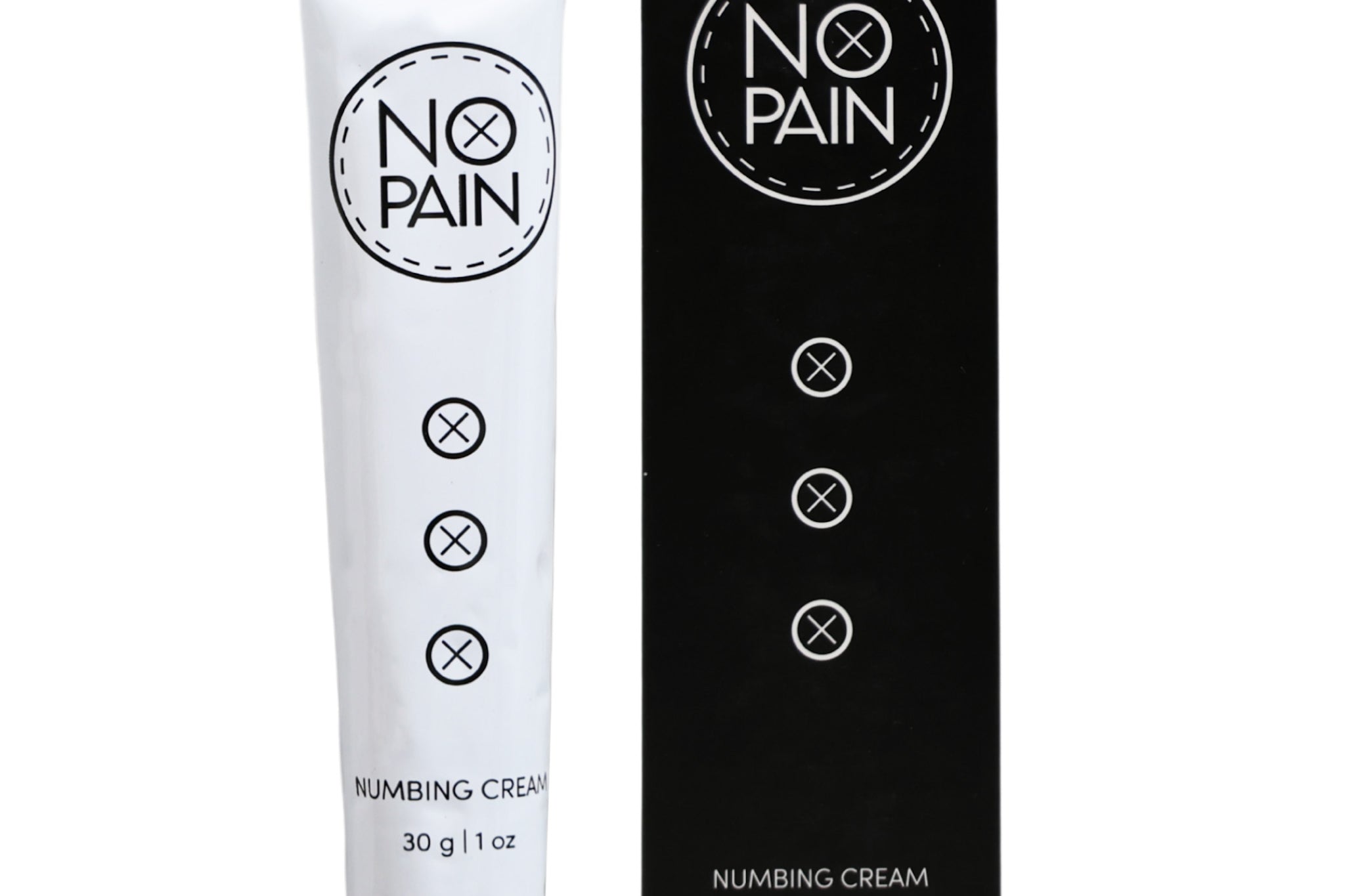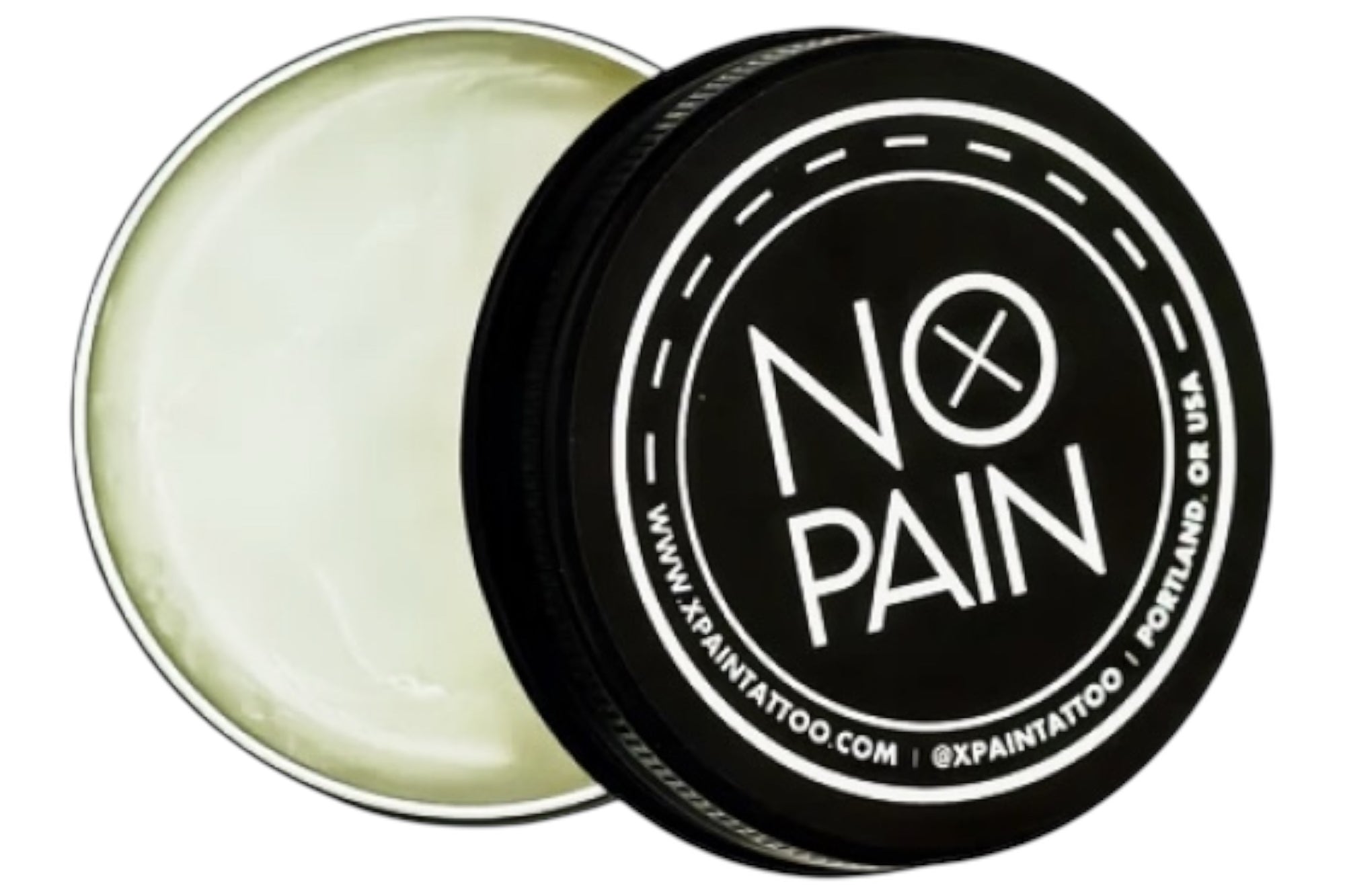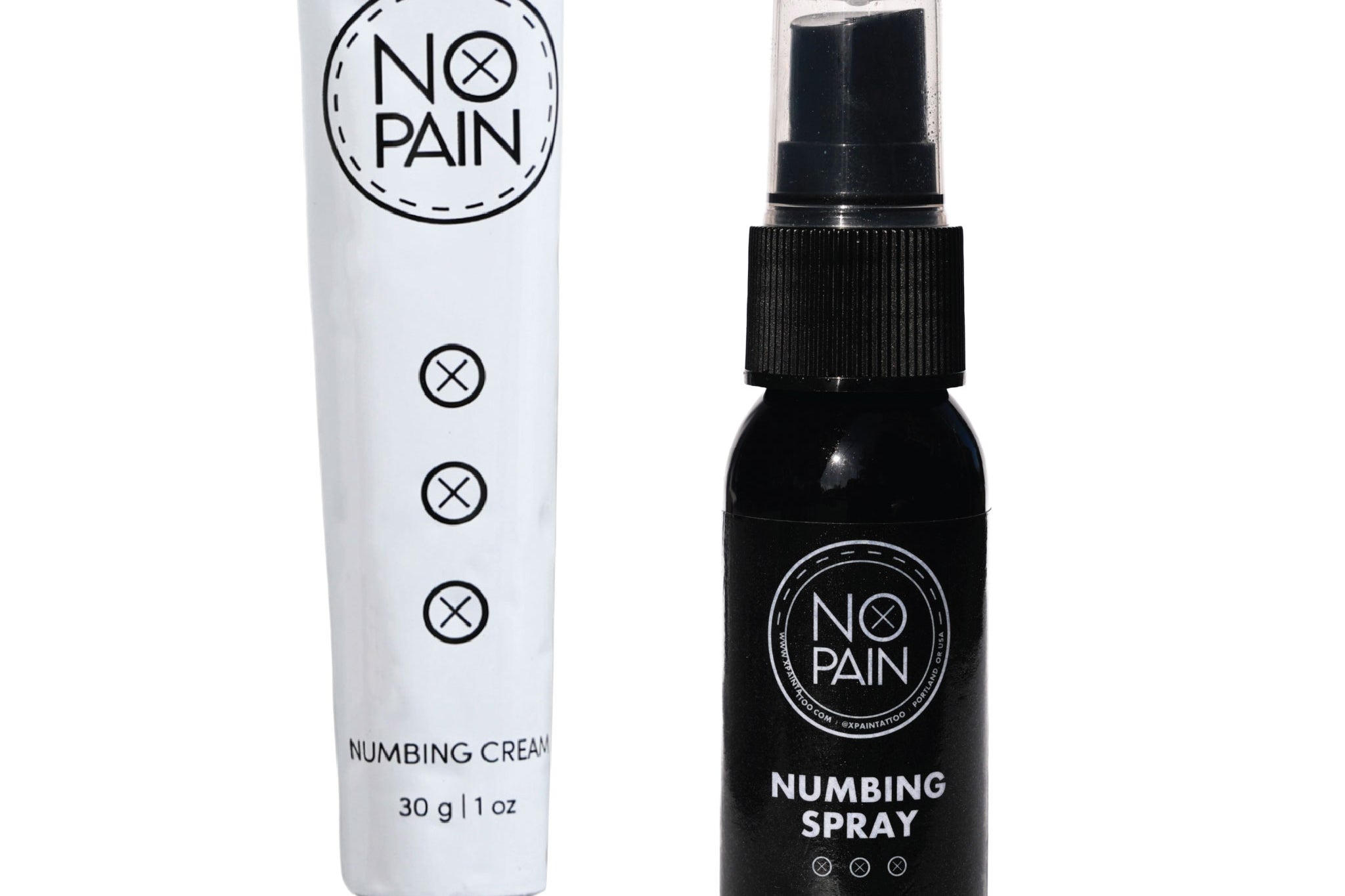For every person with a passion for tattoo art, the ultimate dream is often to become a professional artist. But the path from a sketchbook to a tattoo machine is a long, demanding, and often misunderstood journey. It's not a career you can learn from online videos. The one and only legitimate path to becoming a professional tattoo artist is through a traditional tattoo apprenticeship.
But what is an apprenticeship, and how to become a tattoo artist the right way? This is your complete guide to the most important tradition in the tattoo industry.
What is a Tattoo Apprenticeship?
A tattoo apprenticeship is a period of unpaid, hands-on training where an aspiring artist (the apprentice) learns the craft under the direct mentorship of an experienced, professional tattoo artist. It is the real-world education of the tattoo industry, and it can last anywhere from one to five years.
It is a deeply traditional, master-and-student relationship built on hard work, dedication, and respect for the craft.
Why is an Apprenticeship So Important?
An apprenticeship is about so much more than just learning to draw. It is where you learn the two most critical parts of the job that can never be learned from a book: safety and technique.
-
Safety and Sterilization: The most important thing an apprentice learns is how to operate in a sterile environment to prevent the spread of blood-borne pathogens and to protect the health of their clients. This includes everything from cross-contamination protocols to proper equipment sterilization.
-
Technical Application: An experienced mentor teaches the apprentice the subtle, physical skills of tattooing—how to properly stretch the skin, the correct needle depth to avoid a tattoo blowout, and how different techniques feel on the skin.
This is the fundamental difference between a professional artist and an untrained amateur or "scratcher."
What Does an Apprentice Actually Do?
The journey of an apprentice is not glamorous. For the first year or more, you will likely not be doing much tattooing at all. Your job is to earn your place in the studio through hard work. The daily tasks of an apprentice include:
-
Drawing, constantly.
-
Building and tuning tattoo machines.
-
Cleaning the entire studio: scrubbing floors, cleaning bathrooms, and managing the biohazard waste.
-
Learning the front desk: Answering phones, booking appointments, and providing customer service.
-
Sterilization: Running the autoclave and sterilizing all of the artists' equipment.
-
Practice: Tattooing on fake skin, grapefruits, and eventually, on yourself.
-
The First Real Tattoos: Only after months or years of proving their dedication will an apprentice be allowed to do their first tattoos on real clients, usually for free or a very low price, under the direct supervision of their mentor.
How to Get a Tattoo Apprenticeship
-
Build a Killer Portfolio: Your portfolio is your resume. It should be filled with your best, most polished, and most original artwork. It needs to show that you have a strong foundation in drawing and a unique artistic voice.
-
Be a Good Client First: The best way to get noticed is to get tattooed by the artists and at the shops you admire. Build a relationship, show your passion, and be a respectful client.
-
Be Professional and Persistent: Getting an apprenticeship is incredibly competitive. Be prepared for a lot of rejection. Be professional, be humble, and be persistent.
The Verdict: A tattoo apprenticeship is the long, difficult, but only legitimate path to becoming a professional tattoo artist. It is a tradition that protects the safety of the public and preserves the integrity of the art form for the next generation.



